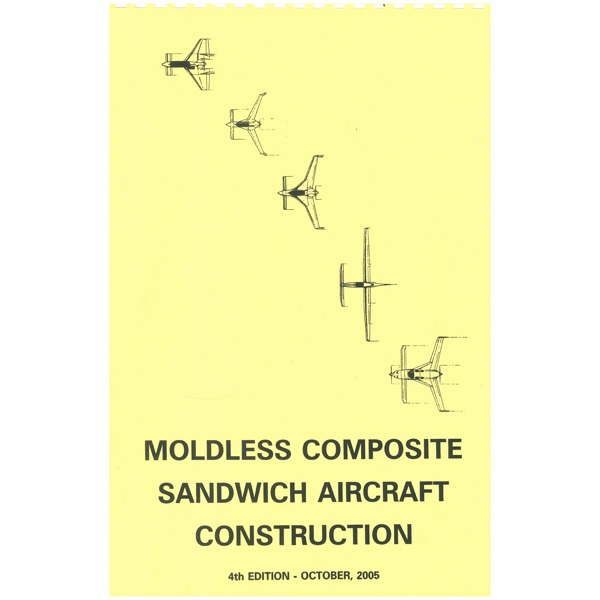I have fitted the fiberglass wingtips (with screws and nut plates) to the wings of my RV-7, and am now wondering what the best material is for finishing the intersection with the aluminum wing skin. It needs to bond to the fiberglass and be sandable. The instructions just say epoxy and flox, but there are lots of epoxies out there, and not all are sandable. Any suggestions? I have some West Systems epoxy and microballoons, but not sure either of those are appropriate here.
Van's Air Force
You are using an out of date browser. It may not display this or other websites correctly.
You should upgrade or use an alternative browser.
You should upgrade or use an alternative browser.
Epoxy for fiberglass tips?
- Thread starter SonexGuy
- Start date
I'm not entirely sure what you're hoping to do when you say "finish the intersection". Perhaps a picture?I have fitted the fiberglass wingtips (with screws and nut plates) to the wings of my RV-7, and am now wondering what the best material is for finishing the intersection with the aluminum wing skin. It needs to bond to the fiberglass and be sandable. The instructions just say epoxy and flox, but there are lots of epoxies out there, and not all are sandable. Any suggestions? I have some West Systems epoxy and microballoons, but not sure either of those are appropriate here.
West and microballoons are the standard for minor change of surface profile. Flox is usually reserved for filler with a structural requirement; it is much harder to sand to a fine profile. All laminating epoxies are sandable, although some may require prior removal of amine blush. A few epoxy adhesives (generally formulated for increased peel strength) don't sand well because they are a bit rubbery.
The newest wingtips have a polyester gelcoat. Regular readers know I'm not a huge fan of polyester fillers, but a bit of quality polyester on a polyester gel coat is fine. Be cautious about polyester filler on an epoxy/glass substrate.
Last edited:
georgemohr
Well Known Member
West Systems with their slow cure hardener is the go-to. Use microbaloons to make filler paste. Use flocked cotton to make structural changes.
To get a flush condition between the fiberglass and the aluminum, a fair bit of filler needs to be added and sanded to make a flush and hairline intersection.
I'm wondering what is the best filler to use to fill imperfections, but still be sandable. See also page 05-17 of the general construction manual, where they show a cross section, and call for cotton flox and epoxy resin.
So do I also need to sand away all the gel coat where I install any filler?
I'm wondering what is the best filler to use to fill imperfections, but still be sandable. See also page 05-17 of the general construction manual, where they show a cross section, and call for cotton flox and epoxy resin.
So do I also need to sand away all the gel coat where I install any filler?
To get a flush condition between the fiberglass and the aluminum, a fair bit of filler needs to be added and sanded to make a flush and hairline intersection.
I'm wondering what is the best filler to use to fill imperfections, but still be sandable. See also page 05-17 of the general construction manual, where they show a cross section, and call for cotton flox and epoxy resin.
So do I also need to sand away all the gel coat where I install any fi
Still the best old school homebuilt composites training guide ever:

 www.aircraftspruce.com
www.aircraftspruce.com
Do the exercises, and the scales shall fall from thine eyes...

Moldless Composite Sandwich 4th Edition | Aircraft Spruce
Moldless Composite Sandwich 4th Edition A step-by-step construction manual for the beginner in working on composite aircraft designs. If the steps are studied and followed carefully, a first time builder can work confidently with these mate
Do the exercises, and the scales shall fall from thine eyes...
Thanks.Since this joint is cosmetic and not structural, I used Superfil. It's a very light weight epoxy filler. You could mix your own with micro balloons, but Superfil is more convenient and maybe lighter.
I would sand off any gel coat first.




